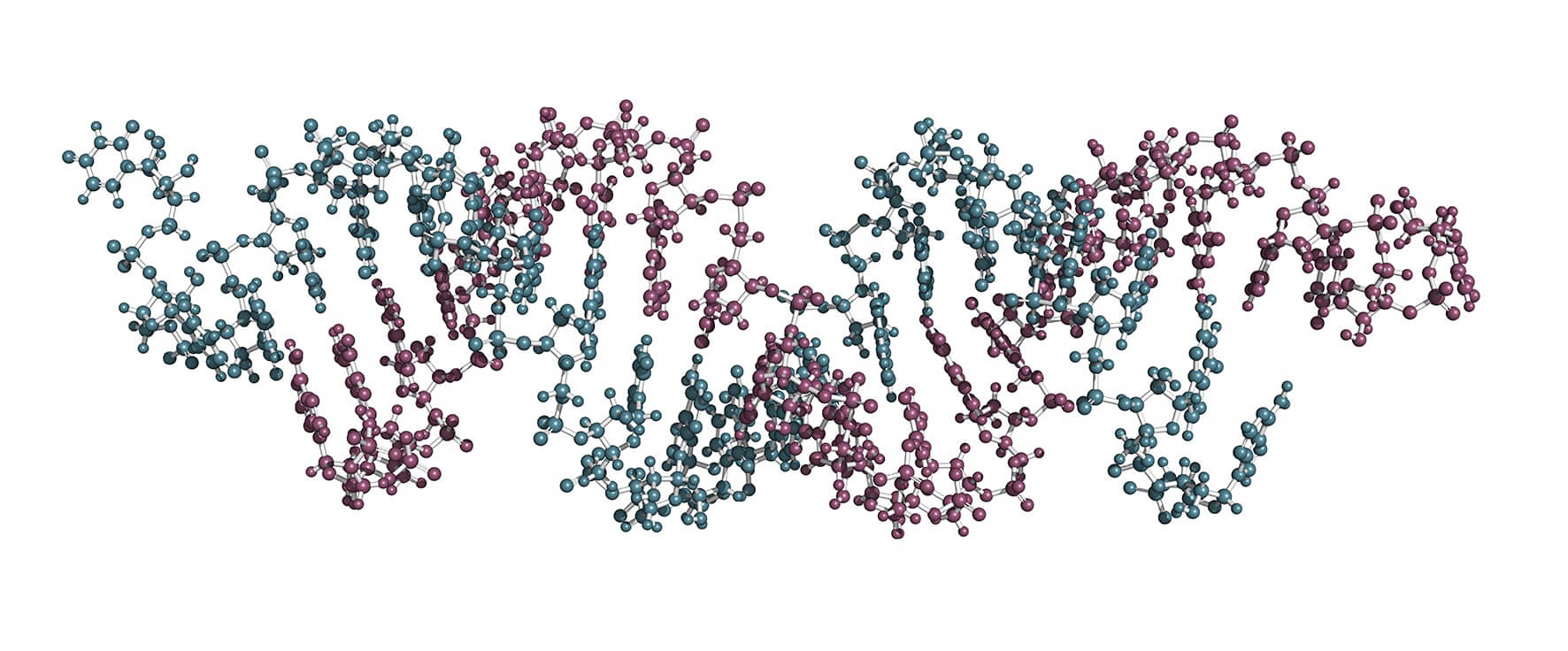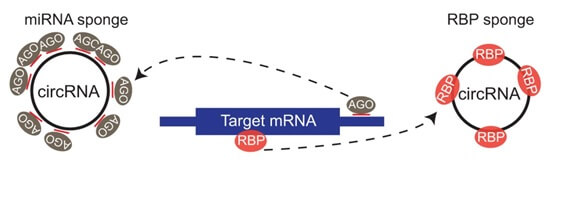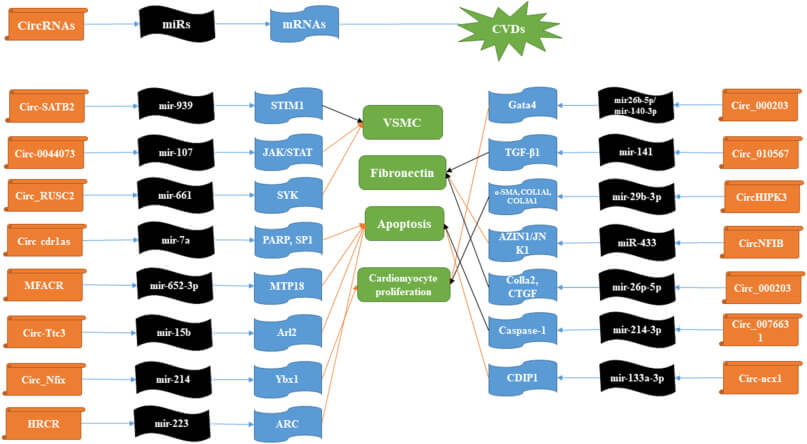Update 2026: miREIA assay kits have been discontinued as of January 1, 2026.
The microRNA project now continues exclusively on the Two-Tailed RT-qPCR (TT-PCR) platform.

Circular RNA or CircRNA is a type of single stranded RNA over 200 nucleotides long which has a covalent closed loop structure with neither 5′ to 3′ polarity nor polyadenosine (A) tail. These RNAs are widely distributed in mammals, and play an important role in regulating gene expression and various cellular processes.
CircRNA is mainly distributed in cytoplasm and has a stable and high expression in vivo. As circRNA is insensitive to nuclease, it is more stable than homologous linear RNA, which grants circRNA obvious advantages in the development and application of new clinical diagnostic markers and molecular-targeted therapy in cardiovascular diseases.
CeRNA hypothesis is a new concept in molecular biology which describes communication of different kinds of RNA molecules in cell biochemical processes. The main thesis of this hypothesis is that so named competing endogenous RNAs (ceRNAs) regulate other RNA transcripts by competing for shared microRNAs (miRNAs). Models for ceRNA regulation describe how changes in the expression of one or multiple miRNA targets alter the number of unbound miRNAs and leads to observable changes in miRNA activity - i.e., the abundance of other miRNA targets.
Hundreds of publications have described the influence of ceRNA regulation in normal and disease cells, but ceRNA regulation and its effects continue to be debated in scientific circles.
Researcher Qiang Su from the department of Cardiology at the Affiliated Hospital of Guilin Medical University, and colleagues in their review applied the concept of ceRNA on cardiovascular disease and reveal a new landscape regulated through a circularRNA-miRNA-mRNA axis.
Interestingly, according the authors circularRNA (circRNA) is mainly involved in the development of cardiovascular diseases through sponge-like regulation of miRNAs, subsequently regulating miRNAs and their targets, mRNA functions!
As a ceRNA, circRNA regulates the expression of downstream target genes of miRNA by base complementary sponge adsorption of miRNA. As miRNA negatively regulate expression of the target gene, the diverse RNA transcripts, such as circRNA, can competitively combine with the same miRNAs by microRNA response elements (MREs), removing or reducing the inhibition of genes targeted by the miRNAs and regulating the expression of the target genes.
circRNA-miRNA sponge adsorption

CircRNA regulation not only participates in the proliferation, differentiation and aging of normal cells, but also plays an important role in the pathogenesis of tumour and cardiovascular diseases. The novel functions of the circRNA–miRNA–mRNA axes in cardiovascular diseases have been expanded over the last 3 years, and new studies are coming now.
Several circRNA have been described which inhibit the proliferation and migration of vascular smooth muscle cells, some are responsible for plaque rupture, attributes associated with atherosclerosis.
The role of circRNA in myocardial infarction has been confirmed and the main mechanisms were described as induction of cardiomyocyte apoptosis, regenerative repair and functional recovery.
Some circRNA inhibit cardiac hypertrophy and heart failure; another attenuates pressure overload. These circRNAs could be new therapeutic targets for the treatment of cardiac hypertrophy.
Diverse functions of circRNA have been described in cardiac fibrosis regulation. Some circRNAs promote myocardial fibrosis by upregulation appropriate miRNAs, some attenuate fibrosis by miRNAs downregulation. These findings provide a new vision for the study of circRNA in cardiovascular diseases.
Upregulation of circRNAs and its miRNAs counterparts has also been described in diabetic patients with significantly increased risk of developing diabetic cardiomyopathy. At least one circRNA is associated with apoptosis of aortic smooth muscle, which in turn affects the occurrence of aortic aneurysms. The discovery of this circRNA could provide a new genetic basis to the diagnosis and treatment of aortic aneurysms.
Studies have found that circRNA was associated with myocardial cell regeneration and vascular regeneration in ischemic heart disease.
Network of circRNAs function as ceRNAs in cardiovascular diseases. Red lines represent promotion, black lines represent suppression.

Revealing the occurrence and development of cardiovascular disease at the molecular level will provide a more efficient and accurate method for its early diagnosis and prognosis of the disease. Additionally, circRNA-miRNA targeting mRNA can not only be used as a promising biomarker, but also as an advanced molecular technology to simulate or manufacture therapeutic agents.
Source: Genomics, DOI: 10.1016/j.ygeno.2019.10.006
The Company of Biologists, DOI: 10.1242/dev.128074
